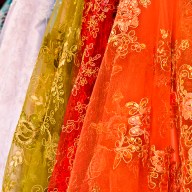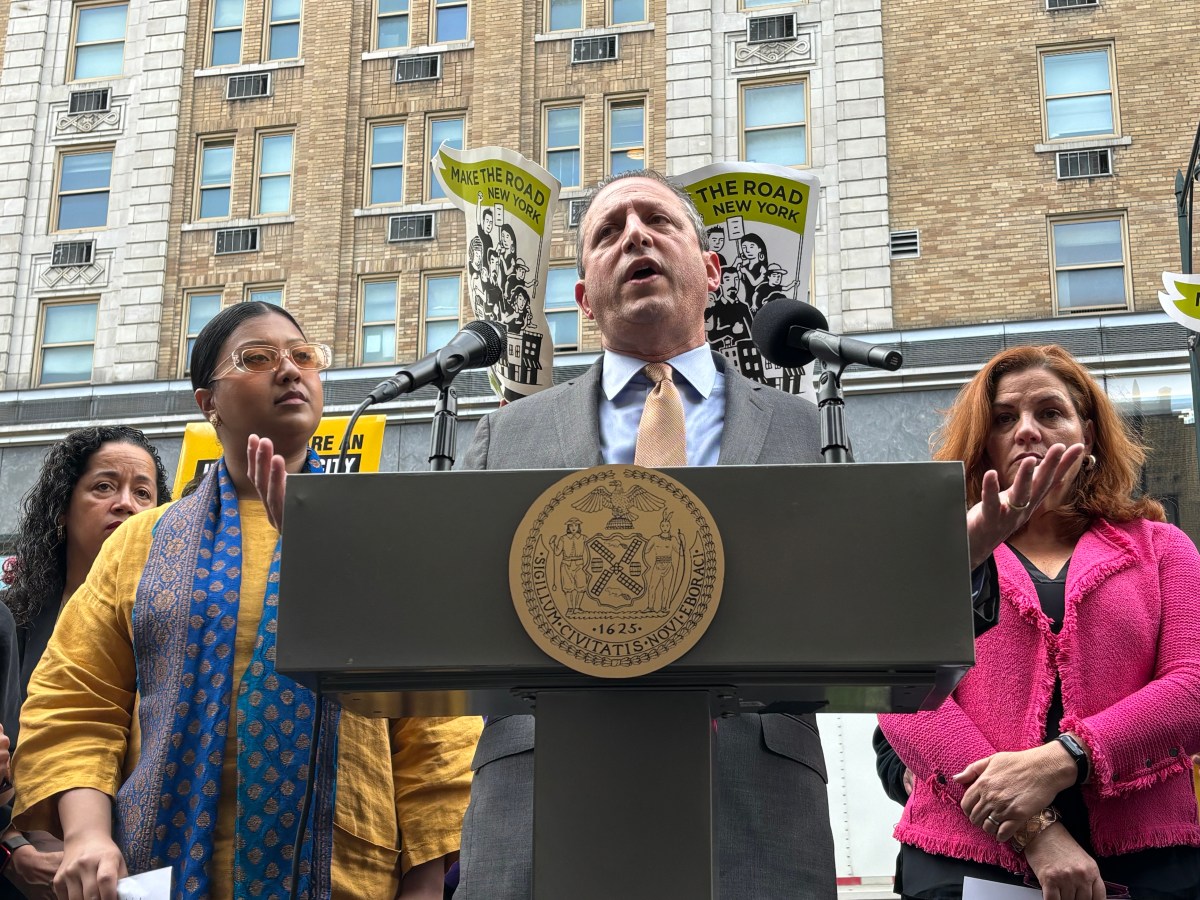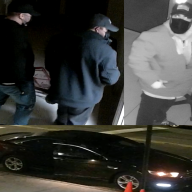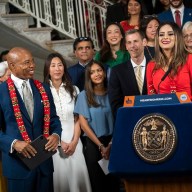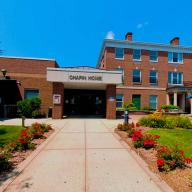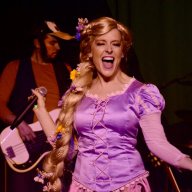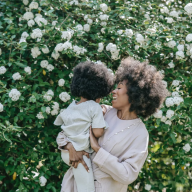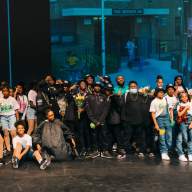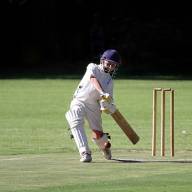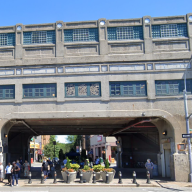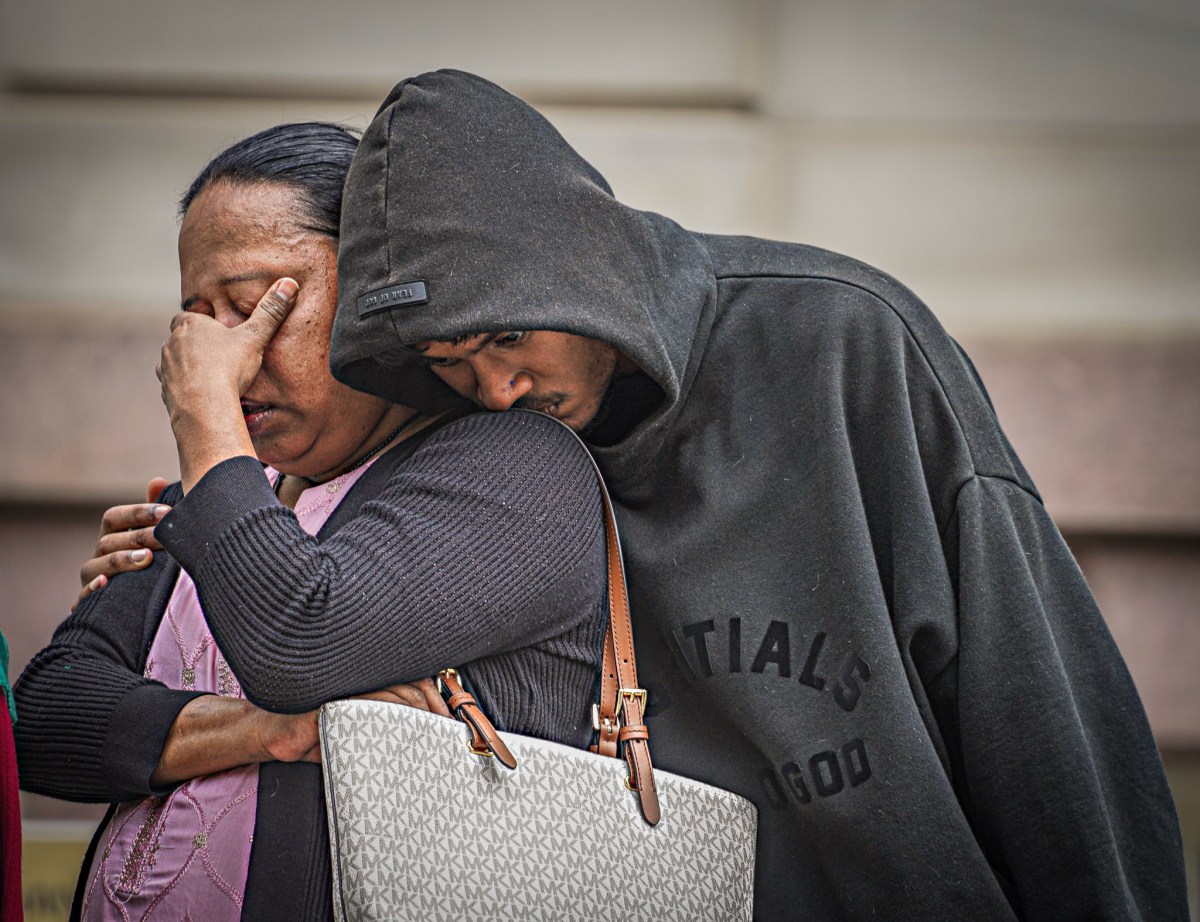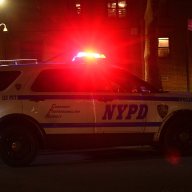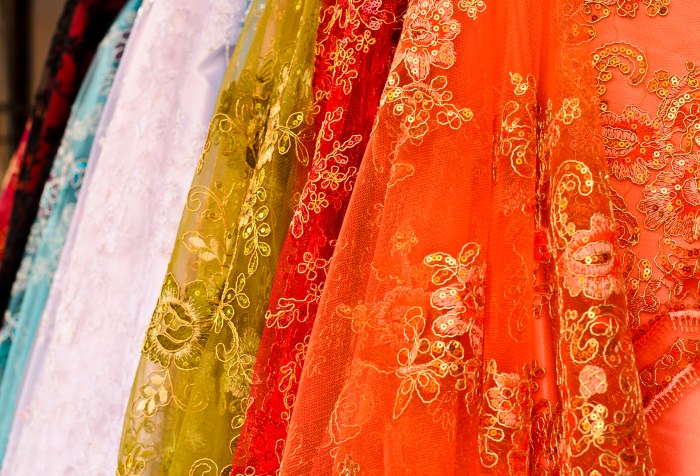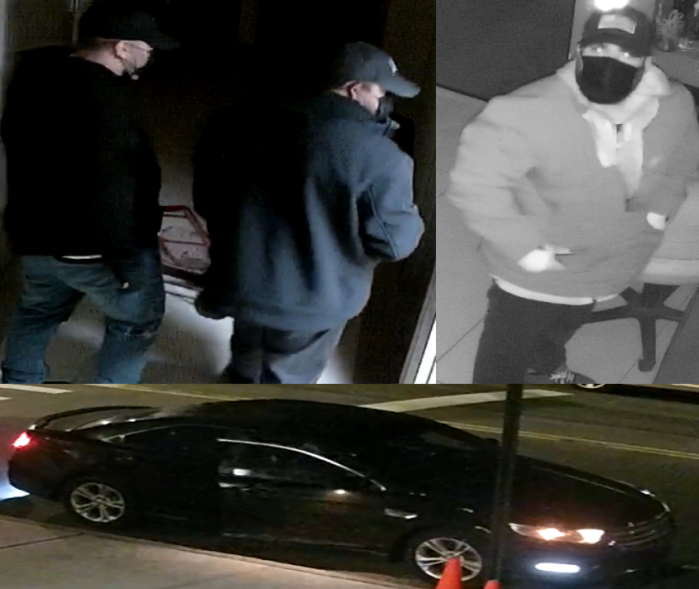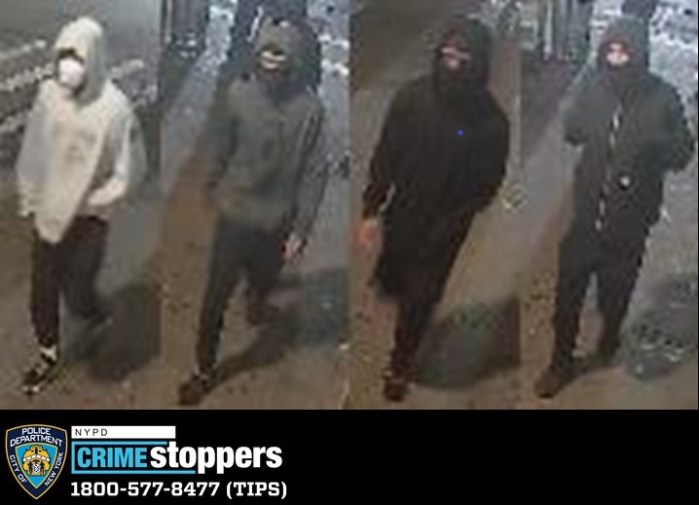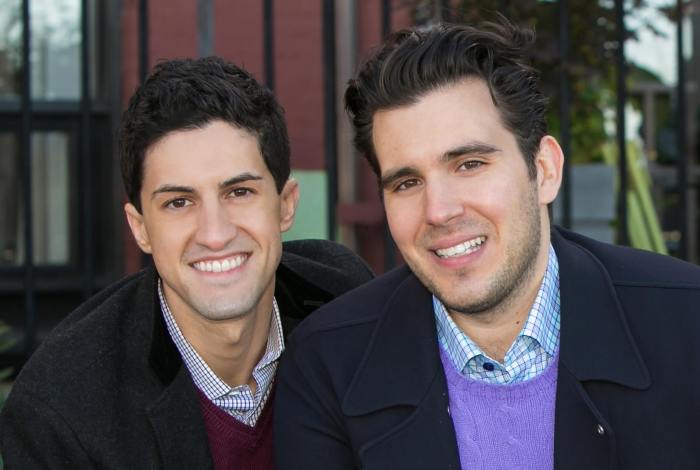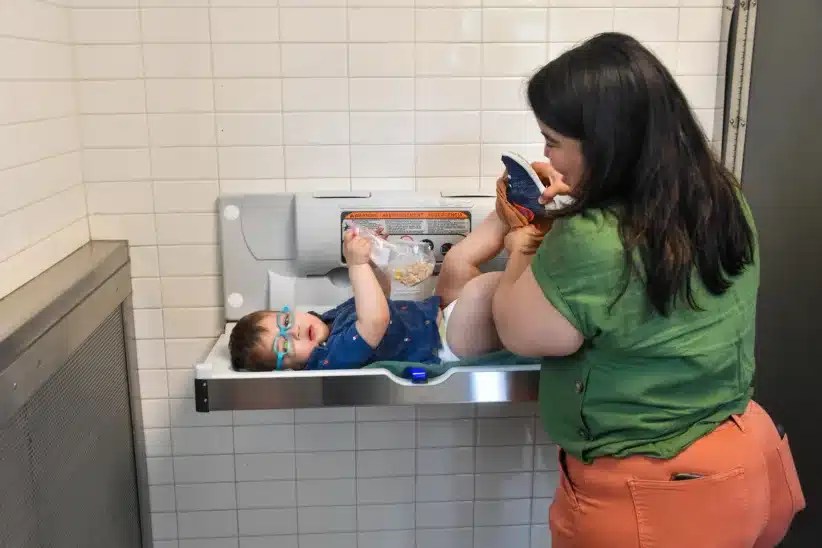Read Related Article #1: Resistance
Read Related Article #3: Targeted groups
Read Related Article #4: Liberation
Read Related Article #5: Survivor Profile: Werner Kleeman
Read Related Article #6: Where they went
Read Related Article #7: Survivor Profile: Hanne Liebmann
Read Related Article #8: Survivor Profile: Richard Sonnenfeldt
Read Related Article #9: Survivor Profile: Larry Wenig
Read Related Article #10: Justice after genocide
Yala Korwin, born in Poland in 1923, was one of the best students in her town and was accepted to an art institute after she completed high school. However, in 1942 the war forced her to leave and focus on surviving.
Korwin’s mother was a bookkeeper and her father was a Jewish religion and history teacher. She was the middle child of three daughters.
First, the Russians occupied her city. She said she knew something was brewing when they left in the middle of the night. A Hungarian detachment came and immediately began separating the Jews from the Aryans.
When Korwin returned home from school, she saw German flags hanging and noticed that her father was not home. He was staying in a photo studio that he had opened because it was safer for him to be there.
“Every day, people were disappearing,” Korwin said.
One day, Korwin was home when an older woman and young man came to claim their apartment, saying they had to be out in a couple of days. They also went through the apartment selecting belongings to keep.
Korwin, her mother and sisters first went to a ghetto, although it was not yet closed in and they could move freely. When they began to catch wind of rumors that the ghetto would be enclosed, they decided not to stay in the area and went back to the Aryan section of the town. Her older sister found a small room for the four women to stay in. Because of the lack of space, Korwin and her older sister eventually went to sleep in the photo studio.
On several more occasions Korwin was forced to either find other places to stay or hide.
Shortly after her parents had been taken away to a camp, Korwin was walking on the street without wearing her armband when she ran into a former schoolmate, Kazik Mozdzierz. While speaking with him, she asked if he had a sister her age, which he did. She told him to bring the sister’s papers, although she did not expect to see him again.
“He came and brought me her passport and birth certificate,” Korwin said.
Korwin’s sister took new photos. Korwin said that, as an art student, she knew how to replace the stamps. She used the papers to get a job that was advertised as “light laboratory work” in Germany.
“It was not laboratory work,” Korwin said. “It was an ammunition factory.”
Korwin remained at the factory for two and a half years until the war ended in 1945. While there, other girls were denouncing those who they suspected of being Jews. A commission was formed to investigate such claims and the accused girls were brought in to cross themselves and say a prayer.
“I was waiting for my turn but it never came,” Korwin said. “They suddenly left.”
Eventually, Korwin went to France were she had an aunt and two cousins living. She met her husband Paul there, married and had two children. They came to the United States in 1956. Also an artist, Korwin released a book of poetry entitled “To Tell the Story: Poems of the Holocaust” in 1987.
“It should not be forgotten,” she said. “If it is forgotten, then history repeats itself.”

